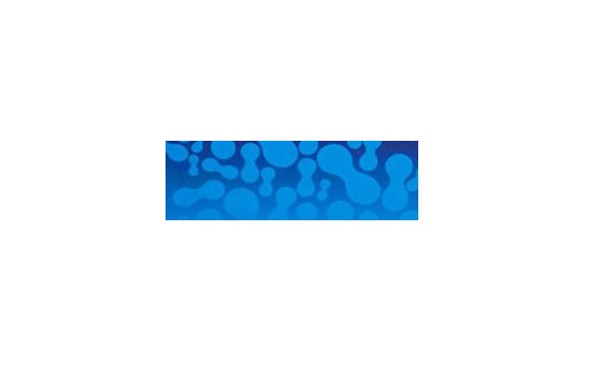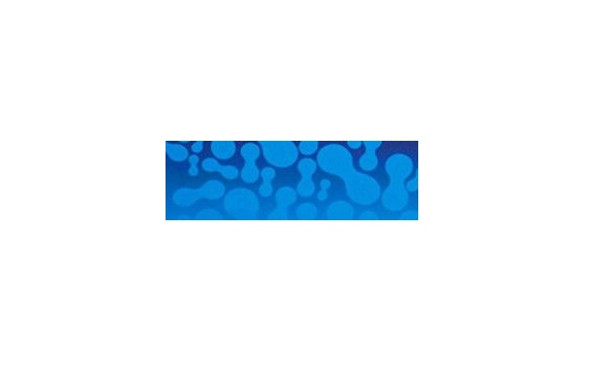Description
Rabbit Endosteal Mesenchymal Stem Cells | CP-Rb014 | Gentaur US, UK & Europe Disrtribition
Abbreviation: Rb-EMSC
Organism: Rabbit
Tissue Type: Skeletal system
Tissue: Temur and tibia tissue
Cell Type: Mesenchymal stem cell
Growth Proprieties: Adherent
Medium: CM-Rb014
Ratio: 1:2-1:3
Renwal: Every 2-3 days
Background: Rabbit endosteal mesenchymal stem cells were isolated from femur and tibia. The endosteum is a dense connective tissue membrane that covers the surface of the bone (except the articular surface). The fresh endosteum is pink and rich in blood vessels, nerves and osteoblasts. In addition, the tendons and ligaments attached to the bone are woven with the endoosseous membrane at the attachment site. Therefore, the combination of endosteum and bone is very firm. The endosteum is rich in blood vessels and nerves and is distributed in bone and bone marrow through the nourishing holes of bone. Endosseous membrane is divided into inner and outer layers. The outer layer is mainly thick collagen fiber bundles, and some of the fibers penetrate into the bone to fix the endoosseous membrane on the bone surface. The inner layer is loose, containing osteoblasts and osteoclasts (respectively having the functions of generating new bone and rebuilding bone). The bone marrow cavity and cancellous bone mesh are also lined with a thin layer of connective tissue membrane called periosteum. The inner layer and periosteum of the endosteum have the ability to differentiate into osteocytes and osteoclasts to form new bone and destroy and transform the already formed bone. Therefore, it is of great significance to the occurrence, growth, and repair of bone. Endosteal mesenchymal stem cells are stem cells with high self-renewal ability and multi-differentiation potential. They can differentiate into bone, cartilage, muscle tissue, skin, fat, nerves and other tissues. Therefore, they can be used as seed cells in tissue engineering. The in vitro culture conditions of endosteal mesenchymal stem cells are relatively high. During the culture process, they are affected by the attachment time, planting density, serum content, culture temperature and pH value of the medium. The rabbit endosteal mesenchymal stem cells produced by our company are prepared by washing the bone marrow, digesting the endosseous membrane, and combining with the culture medium selection method. The total number of cells is about 5×10^5 cells/vial. The cells are identified by CD90/CD44 and CD34/CD45 immunofluorescence, and the purity is more than 90% without HIV-1, HBV, HCV, mycoplasma, bacteria, yeast, and fungi.
Delivery: 5 weeks






